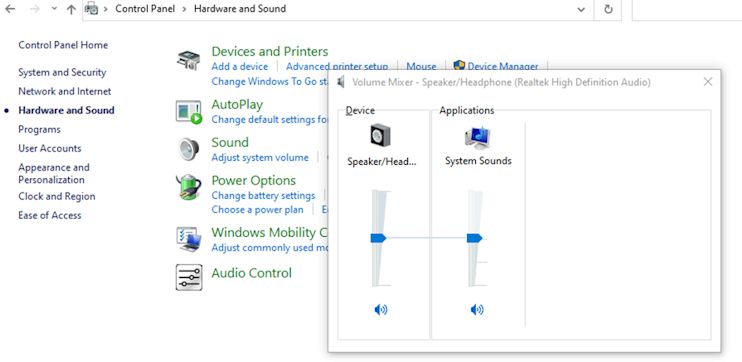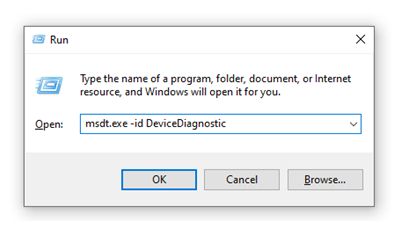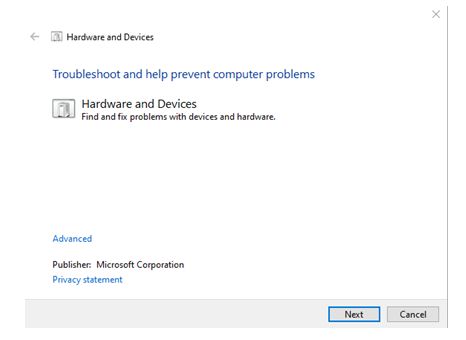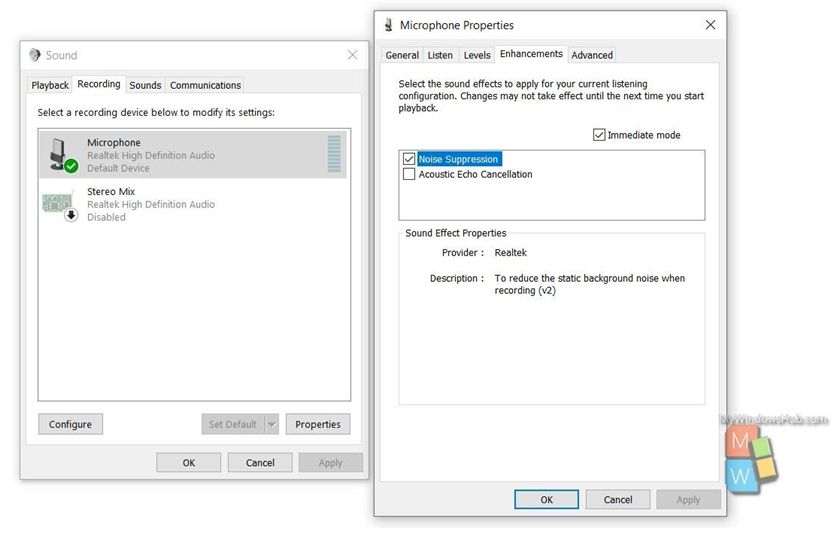Let’s face it! It is pretty irritating when you are recording a live program and the disgusting sound is disturbing your audience. So before you start using a microphone, ensure to check whether the mic is static or not.
Now the question is – “Why does it happen?” Well, the most common reason why your mic is staticy is a buildup of dust and dirt around either element. In that case, listening to podcasts or watching videos with poor sound quality can be difficult!
To be frank, it is tough to explain the solution in a word! So if you like to know more about the solutions, keep on reading this single post where we’ve included all the probable reasons behind a static mic, and how you can prevent it once and for all!
Contents
Why Is My Mic Static?
Static is a form of noise created by friction. When objects move, they pinch together and create conflict. This friction causes electrons to change direction, generating a charge. Areas with a lot of dissents will have more static. You hear this sound when there is no one talking on the phone. Because there are still electrons moving over the wire in your phone even if no one is using it.
Your Microphone is mainly responsible for the quality of your recordings. If your mic isn't picking up all sound and can't be adjusted to handle a specific noise, you will hear audio static.
Related: Can you reduce blue yeti background noise
Mic Is Staticy- Reasons and Probable Solutions:
There are various things that can cause static from your microphone. You can pick it up by your computers, such as unclean USB ports, excess dust buildup in the USB ports, and poor microphone wiring.
All of the problems are very important. It is not the only thing you can do to eliminate static from your microphone. This section will explain the different methods of eliminating static from a microphone, and how to fix each method.
1. Adjusting The Mic And Audio Settings
Adjusting the mic and audio settings for gamers can be a highly frustrating experience. For many gamers, this is their one trouble-shooting event. It stands out when it comes to configurations. Sound becomes an important part of differentiating between what is real and what is not.
Solution:
Before you can begin recording your voice, you need to adjust the mic and audio settings on your computer. The first thing you should do is make sure that your microphone and speakers are functioning properly.
Open a text document and use it as a guide for setting the input levels of both devices. Next, find the device manager on your computer and click on your microphone and speaker icons to find advanced settings. Set these settings according to the sound card on the list of devices.
2. Speakers Are Too Close To Microphone
The microphone is inherently sensitive to certain frequencies and not others. Most of them are in the midrange area. If you place your microphone too close to a sound source like speakers, amps, or computers. It will pick up unwanted flutters and noises known as noise modulation.
Solution:
There are two ways to stop this problem. The first is a better hardware setup by not placing microphones too close to other electronics. The second way is to use a filter or filter plug-in during recording or playback which will filter out these frequencies. So, they do not interfere with the audio signal being captured by your device.
3. Excessive Dust or Dirt
Another common cause of static on a microphone is excessive dust buildup on your USB port and the connectors you plug into your computer. Cleaning out these types of dirt on your USB ports and audio inputs may help eliminate static detected by your computer. But this can be tricky without the right tools.
Solution:
It generally takes a lot of effort to clean out dust and dirt inside the laptop or desktop. You can try using compressed air to blow out any dust that remains in the computer's case. But some people have found success with using cotton swabs dipped in alcohol.
4. Poor Wiring
If your computer has a bad connection, you might hear a lot of static noise across the microphone and speakers. It can be caused by a jack that is not plugged in all the way. Or if there's cable interference from another piece of equipment.
Solution:
The solution to this problem is usually as simple as making sure the cable connection between your mic and your computer is securely fastened. If it seems like you have tried everything but the background noise persists, you may want to try changing out your headset.
Or you can change the device you know to work properly with different equipment. You can also try replacing the cables connecting your microphone and computer together.
5. Audio- Editing
Editing the audio is a difficult task for many people. It can range from changing the volume of one sound to removing an entire conversation. Audio editing is done in programs like Audacity or Adobe Premiere.
There are various tools that individual editors use to make changes like clips, zooming, and erasing unwanted sounds.
Solution:
It is often difficult to edit the audio with any precision, which can lead to a lot of frustration. Editing audio can be a tedious process, but it does not have to be. There are some key pointers that will make editing easier and more precise.
These tips can save your sanity when you are working on an audio project. Because they allow you to cut out pieces of the audio quickly and precisely with minimal effort.
6. White Noise Microphone
A white-noise microphone is an electronic device that creates a sound to cover up the unwanted sound. A common use of these devices is as a background or ambiance for recording. White-noise microphones use to help mask the sound of studio equipment.
Or it can use other non-music-related noises, to create a more natural sound environment when listened to over headphones.
Solution:
You want to avoid recording in low-quality, noisy areas of the house like walls close to streetlights or near refrigerators humming. Use different microphones such as an external microphone (or headset) away from other electrical sources like fluorescent lights or computer monitors.
These standard household electronics give off electromagnetic interference that prevents microphones from properly recording sound by making them notice white noise instead of your voice. You can eliminate white noise by following these simple steps:
- Using headphones, place the mic close to your mouth and talk directly into it.
- Record into Audacity (free software) with a laptop or desktop computer. All have built-in microphones situated near the source of the noise.
- Play it back and listen for the noises in your background that are not your voice.
- Once you have isolated the noises, use Audacity's editing tools to cut out unwanted sounds.
- (Optional) Then use Audacity's noise removal feature to remove background noise from your voice recording.
- Post your recording with the above guidelines and your findings to help others with the same problem.
7. Microphone Static In Windows 10
A few Windows 10 users have been reporting issues with their microphones not working properly. The static microphone is a common problem with microphones in Windows 10. It is always frustrating when you are in the middle of a conversation with someone and all you hear is static noise.
Windows 10 has added additional features to help you get rid of this problem, but sometimes it does not work. The problem usually occurs after updates, system slowdowns, or the mic has powered for an extended period.
Solution:
There are a few ways you can find and fix this issue from occurring again.
- Ensure The Hardware:
The first step to fix static with your microphone in Windows 10 is to check if the hardware is properly functioning. Follow these steps to ensure that your mic is free from static in Windows 10:- Open the Control Panel, click on Hardware and Sound > Sound
- Select Recording
- Right-click on your Microphone and choose Properties
- Click on the Listen tab and check if there are any problems with your microphone.
- Control Panel: Reduce Microphone Boost:
If you are experiencing static while playing games or recording audio on Windows 10, try reducing the microphone's boost. To do this: Go to Control Panel > Hardware and Sound >Sound > Recording tab > Microphone Boost. It should reduce your susceptibility to electronic feedback.

- Update Drivers:
Ensure to check your drivers. Be sure you have updated all the drivers for your system and connected devices. To find the external microphone driver in Device Manager, click on the external microphone. Right-click on the device and choose the Update Driver Software option. - Update Your Sound Card Driver:
Make sure to update your sound card driver to the latest version available. You can do this by restarting your computer or going to Device Manager, right-clicking on your sound card, and clicking Update Driver. - Run The Audio Troubleshooter:
If the audio issues persist after trying the previous steps, try running an audio troubleshooter to fix audio issues from occurring.
To do this: Windows+R > Paste the following command into your browser window.
msdt.exe -id DeviceDiagnostic

Enter the command by pressing the Enter key. Run the troubleshooter and follow the instructions it gives you.

Make Sure - Noise Suppression For Microphone Is Enabled
If you are not getting any issues with your microphone, be sure to check if noise suppression is enabled for your microphone.
To do this: Open Search panel > Sound > Change system
Double-tap the Microphone option in the Sound settings window. Open the Enhancement tab in the Microphone window. Noise Suppression is now available, so check it out.

Enabling noise suppression is as simple as checking the box next to it in the settings. Afterward, press “Apply” and then OK.
Frequently Asked Questions (F.A.Q’s):
- What Is Recorded As Mic Static?
The Microphone's distance set causes Mic's static in recording as air motion. You can reduce bass response and noise by placing a pop filter or mic stand at least three feet away from the mic. The best configuration is to have the microphone closest to your mouth and set between three and five feet away.
- What Types Of Sounds Does Static Produce?
Static will create a higher-pitched sound, which can with a pop filter. A pop filter is put over the microphone to include a soft layer of felt in front of the microphone (for more info, see more below).
A lack of cleaning might result in honking and screeching noises, so it's important to get this problem taken care of as soon as possible.
- What Are the Advantage of Having A Static-free Mic?
A static-free mic can produce a clearer sound. It will also produce a better audio signal and is more sensitive (Binaural recording technology).
- What Happens If You Don't Clean The Mic?
If you decide not to clean the mic and it picks up any dirt or dust; then the sound picked up from your voice will distort. Static is very common in computer mics, mainly because they place close to the floor where dirt may get accumulated due to people walking on it or sitting on it.
Final Words!
So, if you are experiencing the mic is staticy, it is best to go into the audio settings to adjust the Microphone's sensitivity.
We hope that our solution will help you to fix your Microphone back to perfect condition. And we encourage you to use them if ever your Microphone suffers from static. Please try these tips if you have static from a microphone.

Graduated with a Bachelor of Audio Engineering and Sound Production. He has worked with a number of studios as a Recording Engineer, with over 10 years of servicing experience in both re-recording mixing and sound editing.

